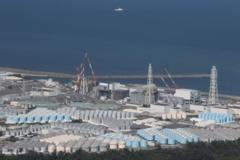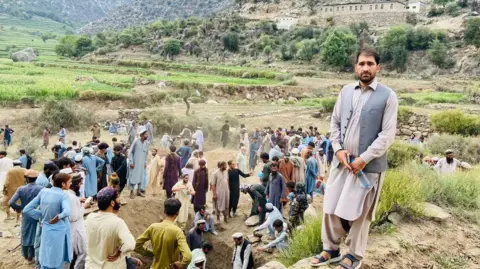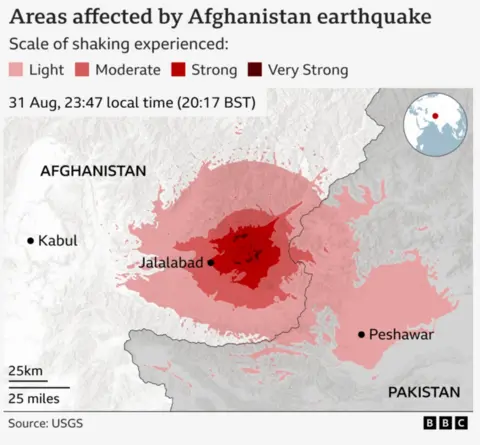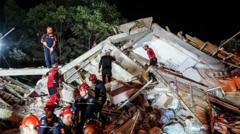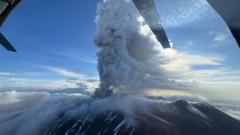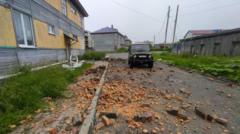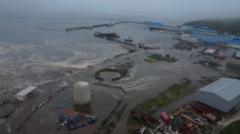Fukushima, Japan - Workers at the Fukushima Daiichi nuclear power station were urgently evacuated on Wednesday after tsunami warnings were issued following a powerful 8.7 magnitude earthquake off Russia's eastern coast. The plant's operator, Tokyo Electric Power (Tepco), confirmed that all 4,000 employees were safely evacuated, emphasizing that no abnormalities had been detected at the facility during this alarm.
This latest seismic event has resurfaced traumatic memories for residents in the Fukushima prefecture, echoing the aftermath of the catastrophic 2011 disaster when a 9.0 magnitude earthquake and resultant tsunami devastated the area, leading to over 18,000 fatalities and a nuclear meltdown at the plant itself.
The Fukushima site remains a poignant symbol of the ongoing challenges in nuclear safety, with massive amounts of hazardous material still trapped within its limits. Current estimates reveal that about 880 metric tons of radioactive debris require removal, a task projected to extend over the next 30 to 40 years, involving substantial resources and labor. Tepco recently announced yet another delay in the full-scale removal of this waste, now anticipated not to commence until 2037.
The ongoing accumulation of contaminated water at the site continues to be a significant concern, as the plant produces thousands of tons daily from cooling efforts on the reactors’ fuel rods. The urgency for safe decommissioning increases, yet plans to release treated wastewater into the ocean have faced considerable backlash from local communities despite assurances from international regulators regarding its safety.
Amidst these challenges, Japan appears to be shifting back towards nuclear energy, driven by the need to meet rising demand in sectors such as technology. Recent discussions have emerged regarding the potential construction of new reactors, reviving controversial energy policies from a decade ago. However, with the latest tsunami alert, public apprehension may further complicate these plans.
Geologically, Japan remains highly vulnerable due to its position on the Pacific "Ring of Fire," where it experiences nearly 1,500 earthquakes annually. Experts warn of the possibility of a major earthquake that could have catastrophic consequences in the near future, generating fears about the potential for another disaster akin to Fukushima in 2011.
As Japan grapples with these seismic and nuclear safety issues, the situation remains dynamic, with residents holding their breath as both nature and policy decisions unfold.

